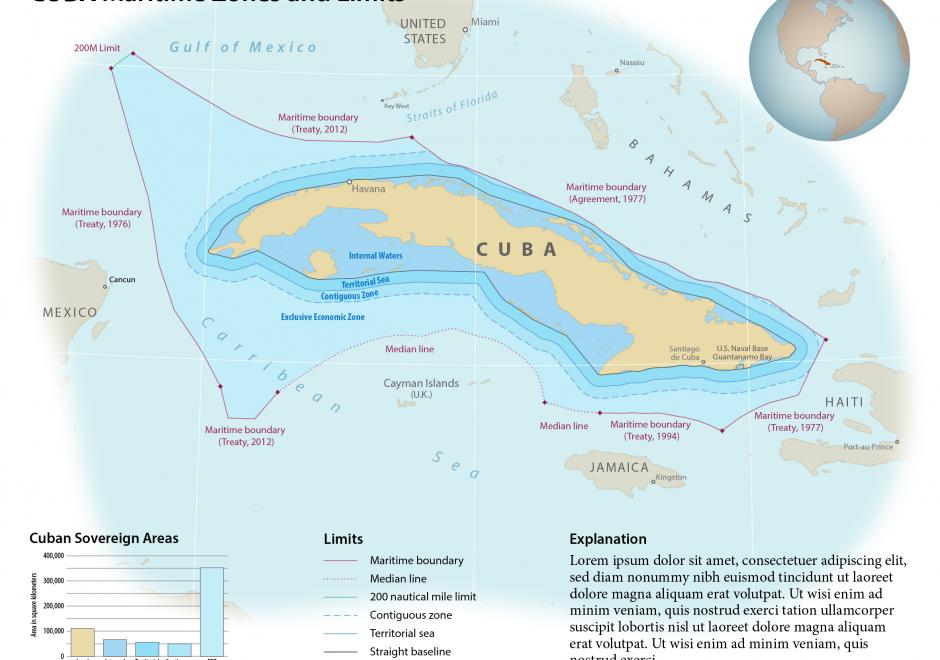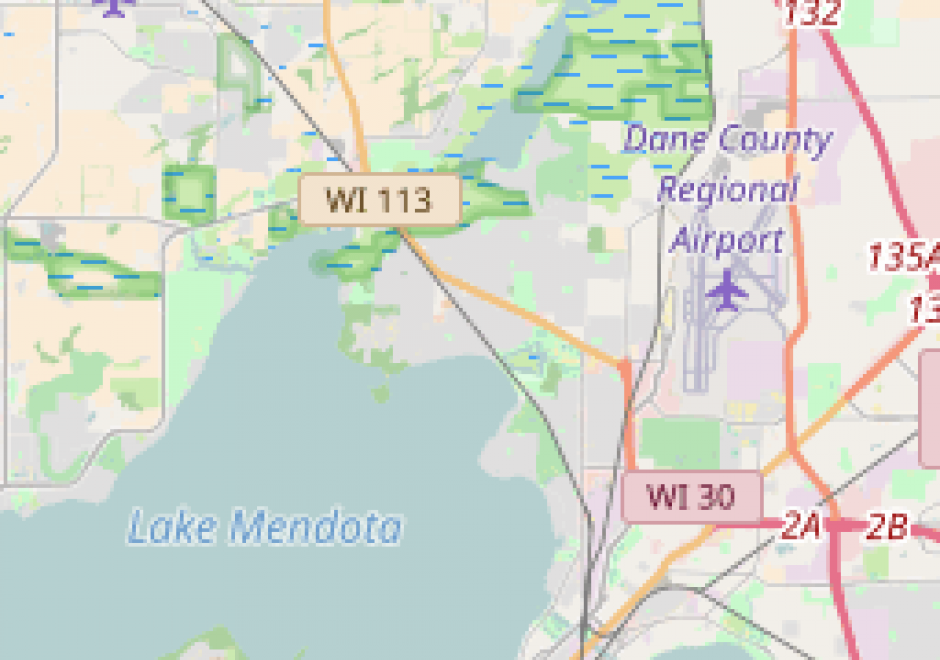DM-51 - Vertical datums

- Explain how a vertical datum is established
- Differentiate between NAVD 29 and NAVD 88
- Illustrate the difference between a vertical datum and a geoid
- Illustrate the relationship among the concepts ellipsoidal (or geodetic) height, geoidal height, and orthometric elevation
- Outline the historical development of vertical datums




AM-59 - Vector-to-raster and raster-to-vector conversions